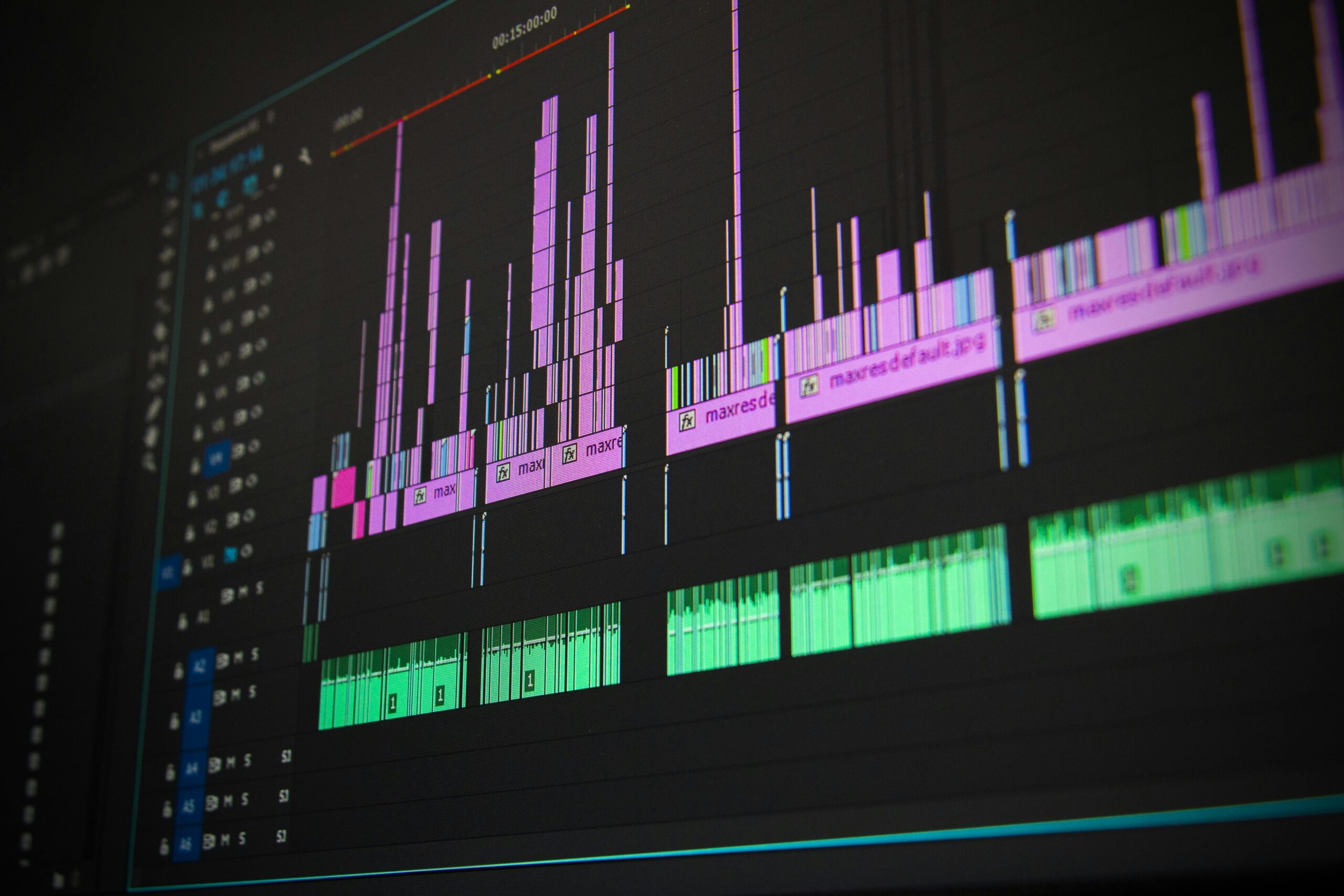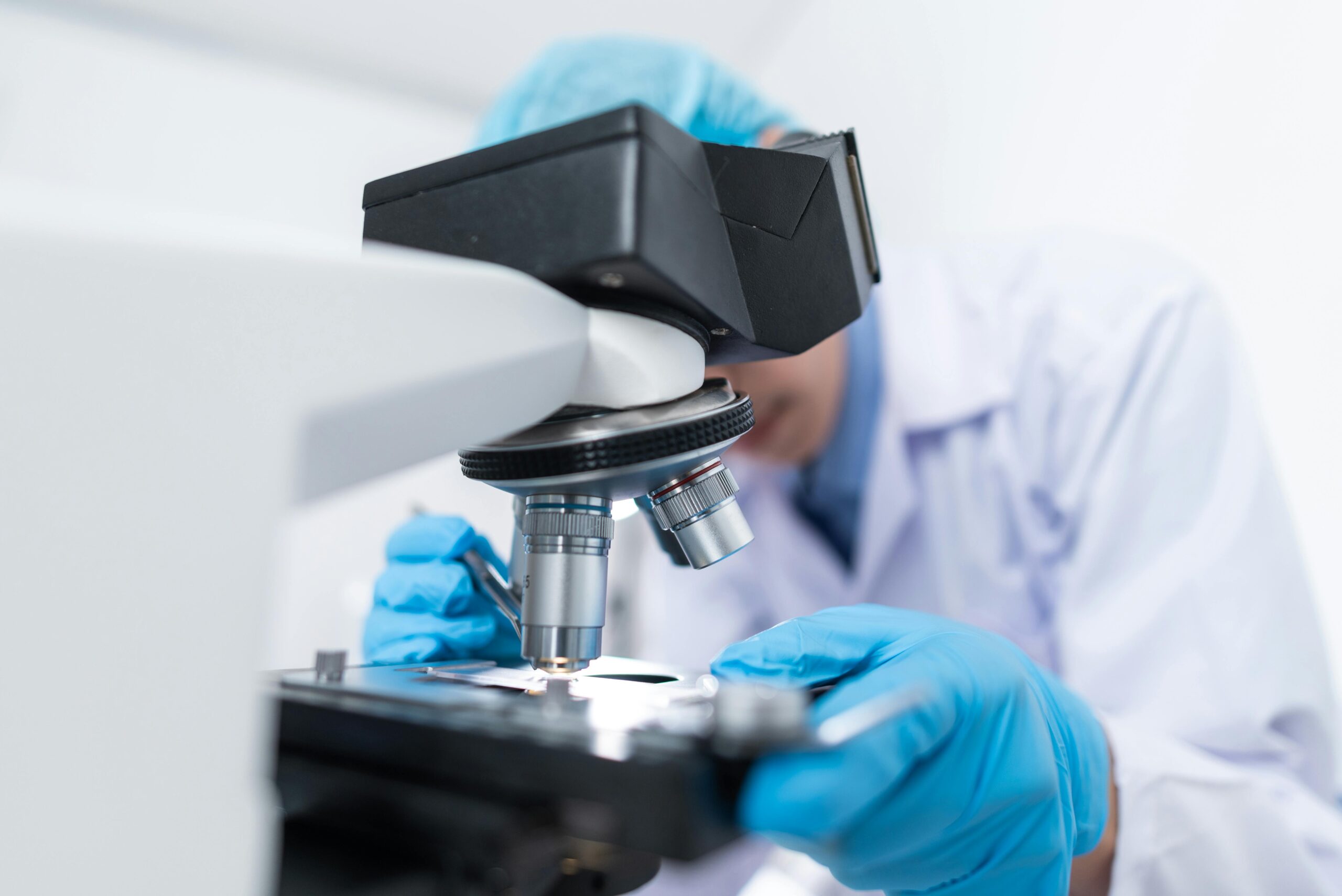The dream of building living tissues in the laboratory has captivated scientists for decades, promising revolutionary treatments for organ failure and tissue damage.
Yet, despite remarkable advances in tissue engineering, one fundamental challenge continues to stand between laboratory success and clinical reality: how to keep engineered tissues alive and thriving. The human body possesses an intricate network of blood vessels that delivers oxygen and nutrients to every cell, while simultaneously removing waste products. Replicating this sophisticated vascular system in engineered tissues remains one of the most pressing challenges in regenerative medicine. Without adequate vascularization, tissue constructs larger than a few millimeters struggle to survive, limiting their therapeutic potential and hindering the field’s progress toward creating functional replacement organs.
🔬 The Fundamental Problem: Why Tissues Need Blood Vessels
Every living cell in the human body requires a constant supply of oxygen and nutrients to maintain its metabolic functions. In natural tissues, no cell exists more than approximately 100-200 micrometers away from a capillary. This critical distance represents the maximum diffusion limit for oxygen and essential nutrients. Beyond this threshold, cells begin to experience hypoxia and nutrient deprivation, leading to dysfunction and ultimately death.
When scientists attempt to engineer thick tissues in the laboratory, they immediately confront this biological limitation. A thin sheet of cells can survive through simple diffusion from the surrounding culture medium. However, as tissue constructs grow thicker and more complex, the cells in the interior become starved of oxygen and nutrients. This phenomenon, known as the diffusion limitation, represents the primary bottleneck preventing the creation of clinically relevant tissue constructs.
The consequences of inadequate vascularization extend beyond mere cell survival. Without proper nutrient delivery and waste removal, engineered tissues cannot develop the structural organization, functional maturity, and mechanical properties necessary for therapeutic applications. This reality has driven researchers worldwide to pursue innovative strategies for promoting vascularization in tissue-engineered constructs.
🧬 Nature’s Blueprint: Understanding Native Vascularization
To engineer effective vascular networks, scientists must first understand how nature accomplishes this feat during development and wound healing. The process of blood vessel formation, known as angiogenesis, involves a carefully orchestrated cascade of cellular and molecular events. Endothelial cells, which line blood vessels, respond to chemical signals called growth factors by proliferating, migrating, and organizing into tubular structures.
The most important of these signals is vascular endothelial growth factor (VEGF), often described as the master regulator of blood vessel formation. When tissues experience low oxygen levels, cells produce VEGF, which stimulates nearby blood vessels to sprout new branches toward the oxygen-deprived area. This elegant feedback mechanism ensures that vascular networks develop precisely where they are needed most.
However, angiogenesis represents only part of the story. Another process called vasculogenesis involves the de novo formation of blood vessels from endothelial progenitor cells. Both mechanisms play crucial roles in establishing functional vascular networks, and tissue engineers are learning to harness both pathways in their quest to vascularize engineered tissues.
🛠️ Engineering Strategies: Building Blood Vessels from Scratch
Researchers have developed numerous approaches to promote vascularization in engineered tissues, each with distinct advantages and limitations. These strategies generally fall into several categories, ranging from biomaterial-based approaches to cell-driven methods and bioprinting technologies.
Growth Factor Delivery Systems
One straightforward strategy involves incorporating angiogenic growth factors directly into tissue scaffolds. By embedding VEGF, basic fibroblast growth factor (bFGF), or other pro-angiogenic molecules within biomaterial matrices, scientists can create sustained release systems that continuously signal for blood vessel formation. This approach mimics the natural wound healing process and has shown promise in promoting vascularization of implanted constructs.
However, the timing, concentration, and spatial distribution of growth factor delivery require precise control. Too much VEGF can lead to disorganized, leaky blood vessels, while too little fails to trigger adequate vascularization. Researchers are developing sophisticated delivery systems using microspheres, nanoparticles, and responsive hydrogels to achieve optimal growth factor release profiles.
Co-Culture Approaches: The Power of Multiple Cell Types
Natural tissues contain diverse cell populations that work together to establish and maintain vascular networks. Endothelial cells form the inner lining of blood vessels, but they require support from pericytes and smooth muscle cells to create stable, functional vasculature. Tissue engineers are increasingly incorporating these supporting cells into their constructs, creating co-culture systems that better recapitulate native tissue complexity.
These multi-cellular approaches have demonstrated remarkable success in promoting vascular network formation. When endothelial cells and supporting cells are combined within three-dimensional scaffolds, they spontaneously organize into interconnected tubular structures that resemble primitive blood vessels. The addition of tissue-specific cells, such as hepatocytes for liver tissue or cardiomyocytes for heart tissue, further enhances vascularization through natural paracrine signaling.
📐 3D Bioprinting: Precision Engineering of Vascular Networks
The emergence of 3D bioprinting technology has revolutionized the field of tissue engineering, offering unprecedented control over the spatial arrangement of cells and biomaterials. This technology allows researchers to directly print vascular channels within tissue constructs, creating predetermined pathways for blood flow.
Several bioprinting approaches have shown particular promise for vascular engineering. Extrusion-based bioprinting uses pneumatic or mechanical force to deposit cell-laden bioinks in defined patterns. Inkjet bioprinting ejects tiny droplets of cells and materials with high precision. Laser-assisted bioprinting employs focused laser pulses to transfer cells onto substrates with micrometer-scale accuracy.
Perhaps most exciting are recent advances in coaxial bioprinting, which can create hollow tubular structures in a single printing step. This technique uses concentric nozzles to deposit different materials simultaneously, producing tubes with endothelial cells lining the interior surface and supporting cells or structural materials on the outside. These printed vessels can achieve diameters ranging from capillary-sized (10-20 micrometers) to larger vessels (several millimeters), spanning the full spectrum of vascular architecture.
Sacrificial Templating: A Clever Workaround
An ingenious alternative to direct bioprinting involves sacrificial materials that create negative space within tissue constructs. Researchers embed fugitive inks, sugar fibers, or thermally-responsive materials into their scaffolds, then selectively remove these templates after the construct solidifies. The resulting hollow channels can be seeded with endothelial cells to create perfusable vascular networks.
This approach offers several advantages, including the ability to create complex, branching network geometries and compatibility with a wide range of biomaterials. The sacrificial templating method has successfully produced vascular channels as small as 18 micrometers in diameter, approaching the scale of natural capillaries.
⚡ Microfluidics and Organ-on-Chip Technologies
While bioprinting and tissue engineering aim to create transplantable organs, parallel advances in microfluidic devices have enabled the creation of miniaturized tissue models for research and drug testing. These “organ-on-chip” platforms incorporate engineered vascular channels that supply nutrients and remove wastes, allowing researchers to study tissue function in highly controlled environments.
Organ-on-chip devices typically feature parallel microchannels separated by porous membranes. One channel contains flowing culture medium that mimics blood flow, while adjacent channels house tissue-specific cells. This configuration allows nutrients to diffuse across the membrane while maintaining distinct fluidic compartments, replicating the key features of in vivo tissue-vasculature interactions.
These platforms have proven invaluable for studying vascular biology, testing drug delivery strategies, and modeling disease processes. Researchers have created vascularized models of liver, kidney, lung, heart, and brain tissue, each demonstrating improved longevity and function compared to conventional culture systems.
🧪 Biomaterials: The Foundation of Engineered Vasculature
The choice of biomaterial profoundly influences vascularization outcomes in tissue engineering. Ideal scaffolds must balance multiple requirements: providing mechanical support, allowing cell infiltration and migration, permitting nutrient diffusion, degrading at appropriate rates, and actively promoting angiogenesis.
Natural biomaterials derived from the extracellular matrix, such as collagen, fibrin, and hyaluronic acid, offer excellent biocompatibility and contain cell-binding motifs that support endothelial cell attachment and spreading. These materials also naturally degrade through enzymatic processes, allowing gradual tissue remodeling as engineered constructs mature.
Synthetic polymers like poly(lactic-co-glycolic acid) (PLGA) and poly(ethylene glycol) (PEG) provide greater control over mechanical properties and degradation kinetics. Researchers can chemically modify these materials to incorporate cell-adhesive peptides, protease-sensitive crosslinks, and growth factor binding domains, creating “smart” biomaterials that actively guide vascular network formation.
Decellularized Matrices: Nature’s Own Scaffold
An increasingly popular approach involves decellularizing native tissues to create acellular scaffolds that retain the natural vascular architecture. By removing all cellular components while preserving the extracellular matrix structure, researchers obtain scaffolds with intact vascular channels that can be repopulated with new cells.
Decellularized organs have been successfully recellularized and transplanted in animal models, demonstrating the potential of this approach. The preserved vascular tree provides immediate conduits for nutrient delivery, addressing one of the major limitations of engineered tissues. However, challenges remain in achieving complete recellularization and preventing immune rejection of residual matrix components.
🔄 Perfusion Bioreactors: Keeping Tissues Alive During Maturation
Even with sophisticated vascularization strategies, engineered tissues require time to develop functional blood vessels. During this maturation period, which can last days to weeks, cells must be kept alive through external means. Perfusion bioreactors address this need by actively flowing culture medium through tissue constructs, delivering nutrients and removing wastes.
These devices range from simple peristaltic pump systems to sophisticated bioreactors that monitor and control oxygen levels, pH, glucose concentration, and waste product accumulation in real-time. By maintaining optimal culture conditions, perfusion bioreactors enable the creation of larger, more complex tissue constructs than would be possible in static culture.
Advanced bioreactor designs incorporate pulsatile flow to mimic the cardiovascular cycle, mechanical strain to promote tissue maturation, and even electrical stimulation for cardiac and neural tissues. These biomimetic culture conditions enhance not only cell survival but also functional maturation and vascular network development.
🌟 Clinical Translation: From Bench to Bedside
Despite impressive laboratory achievements, translating vascularized tissue constructs into clinical therapies remains challenging. The engineered vasculature must rapidly connect with the host circulation upon implantation to prevent tissue necrosis. This process, called inosculation, typically requires several days, during which the implanted tissue survives primarily through diffusion.
Researchers are developing strategies to accelerate host integration, including pre-vascularization approaches where constructs are implanted in highly vascular sites before transfer to their final destination. Arteriovenous loops, surgically created shunts that route blood through tissue constructs, have shown promise for rapidly establishing perfusion in engineered tissues.
Several vascularized tissue products have reached clinical trials or commercial availability. Engineered skin substitutes with incorporated vascular networks demonstrate improved engraftment rates for burn patients. Prevascularized bone grafts show enhanced healing in critical-size defects. While these early successes involve relatively thin tissues, they validate the fundamental principles and pave the way for more complex organs.
🚀 Future Horizons: What Lies Ahead
The field of vascularization and nutrient delivery in engineered tissues continues to evolve rapidly, driven by converging advances in multiple disciplines. Computational modeling increasingly guides the design of vascular networks, predicting optimal geometries for efficient nutrient distribution. Machine learning algorithms analyze vast datasets to identify key factors promoting successful vascularization.
Emerging technologies like 4D bioprinting, which incorporates time-dependent material changes, may enable self-assembling vascular networks that reorganize in response to local tissue demands. Gene editing tools like CRISPR could create cell lines with enhanced angiogenic potential or resistance to hypoxia during the critical early implantation period.
The integration of biosensors within tissue constructs promises real-time monitoring of oxygen levels, nutrient concentrations, and metabolic activity, providing feedback for adaptive culture conditions or alerting clinicians to implant complications. Such “smart tissues” could revolutionize regenerative medicine by ensuring optimal conditions throughout the tissue lifecycle.

💡 The Path Forward: Collaboration and Innovation
Solving the vascularization challenge requires unprecedented collaboration across disciplines. Engineers bring expertise in biomaterials and bioreactor design. Biologists provide insights into cellular behavior and angiogenic signaling. Surgeons contribute knowledge of implantation techniques and host integration. Computer scientists develop predictive models and data analysis tools.
This convergence of expertise, combined with sustained investment in fundamental research and clinical translation, positions the field for transformative breakthroughs in the coming decade. As vascularization strategies mature, the promise of tissue engineering—creating replacement organs for the millions of patients awaiting transplants—moves steadily closer to reality.
The journey from laboratory curiosity to clinical standard has never been straightforward in medicine, but the progress in vascularization and nutrient delivery demonstrates remarkable momentum. Each solved challenge reveals new complexities, yet each advance brings engineered tissues closer to matching the sophistication of nature’s own designs. In this ongoing quest to power life in laboratory-grown tissues, scientists are not merely replicating biology—they are learning to partner with the fundamental processes that sustain all living systems, unlocking secrets that may ultimately transform medicine and human health.
Toni Santos is a biotechnology storyteller and molecular culture researcher exploring the ethical, scientific, and creative dimensions of genetic innovation. Through his studies, Toni examines how science and humanity intersect in laboratories, policies, and ideas that shape the living world. Fascinated by the symbolic and societal meanings of genetics, he investigates how discovery and design co-exist in biology — revealing how DNA editing, cellular engineering, and synthetic creation reflect human curiosity and responsibility. Blending bioethics, science communication, and cultural storytelling, Toni translates the language of molecules into reflections about identity, nature, and evolution. His work is a tribute to: The harmony between science, ethics, and imagination The transformative potential of genetic knowledge The shared responsibility of shaping life through innovation Whether you are passionate about genetics, biotechnology, or the philosophy of science, Toni invites you to explore the code of life — one discovery, one cell, one story at a time.




